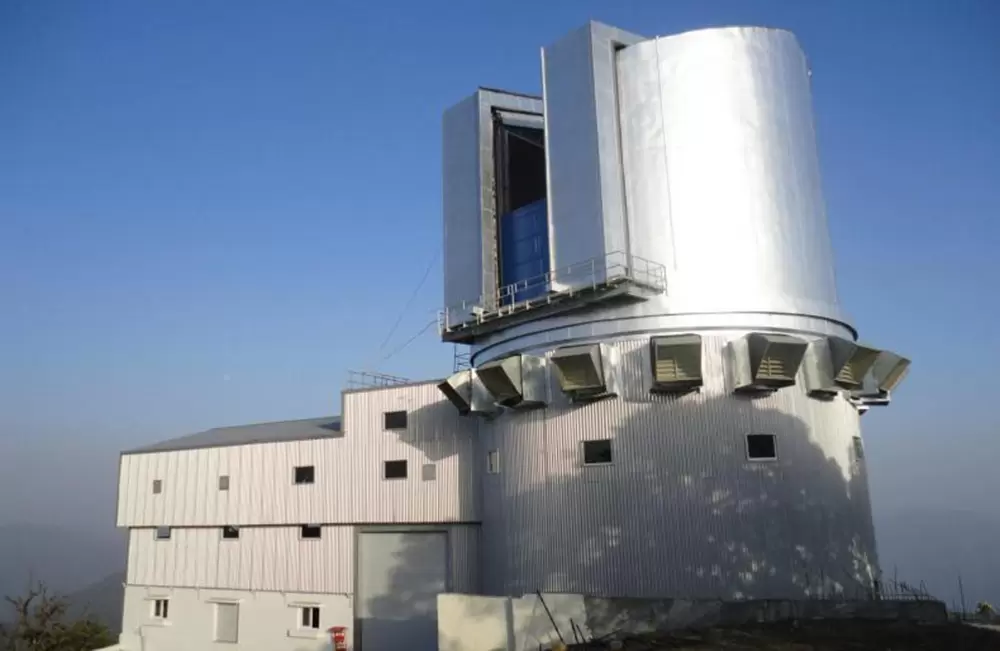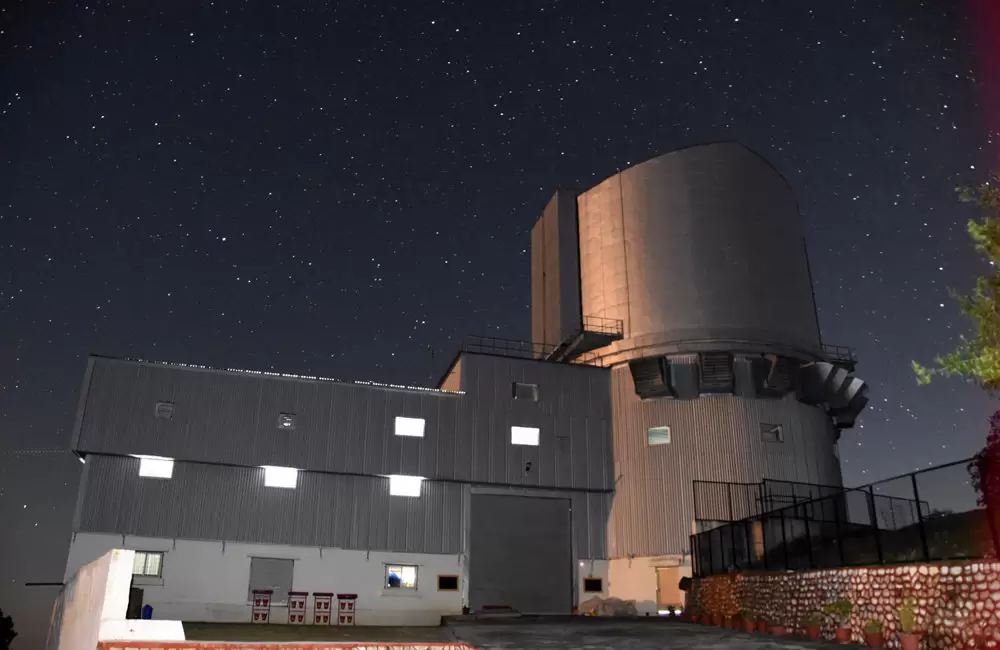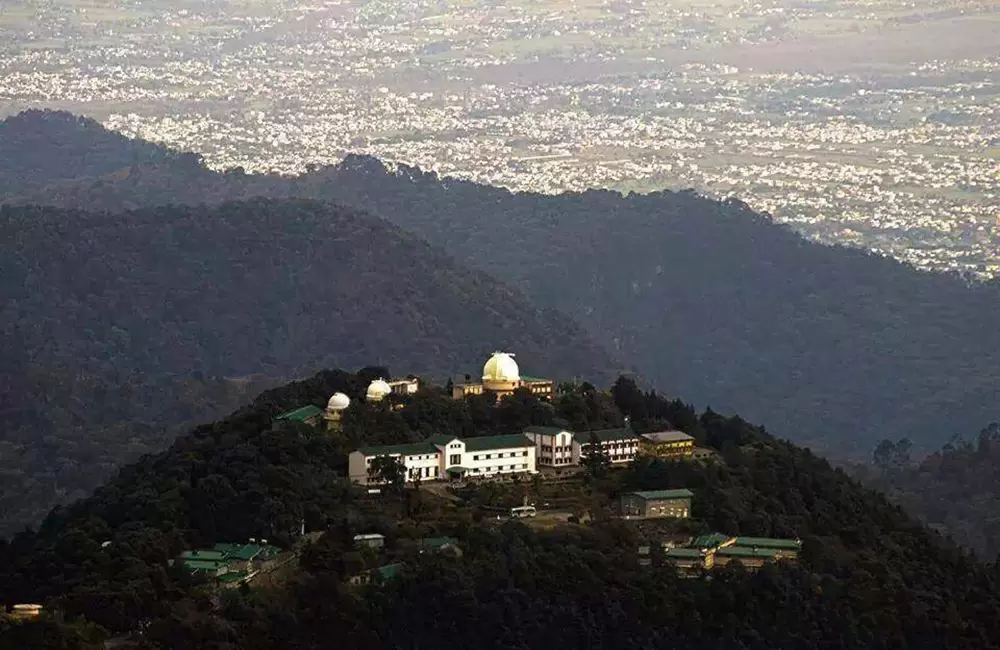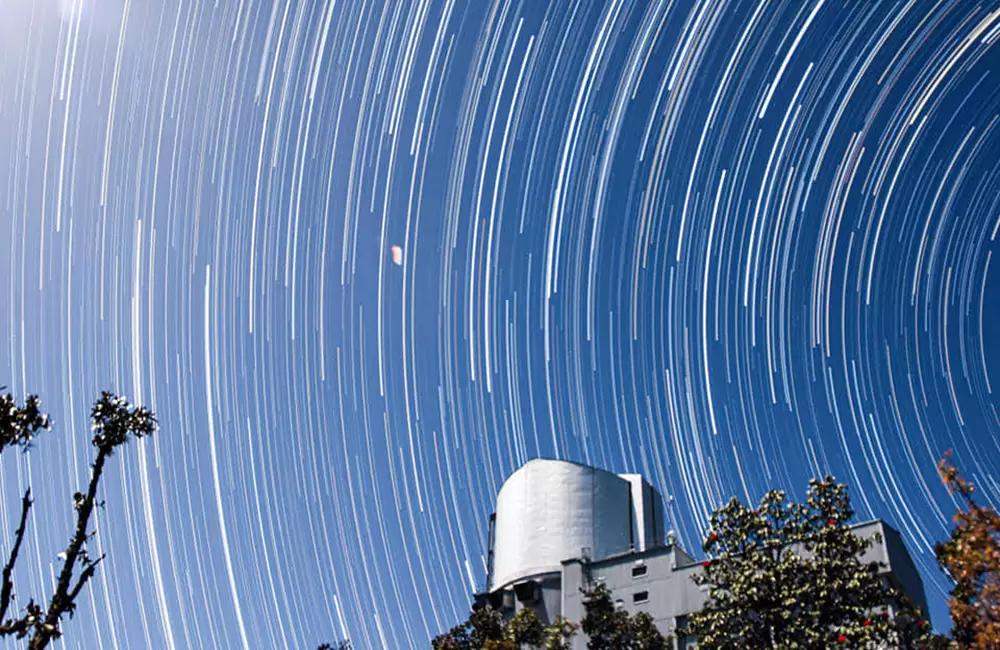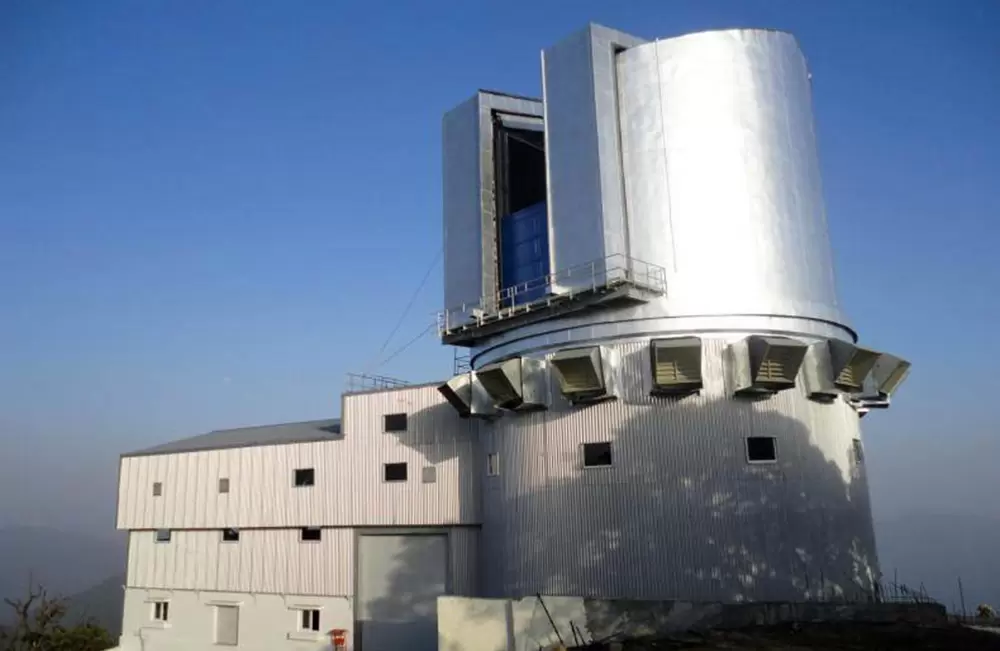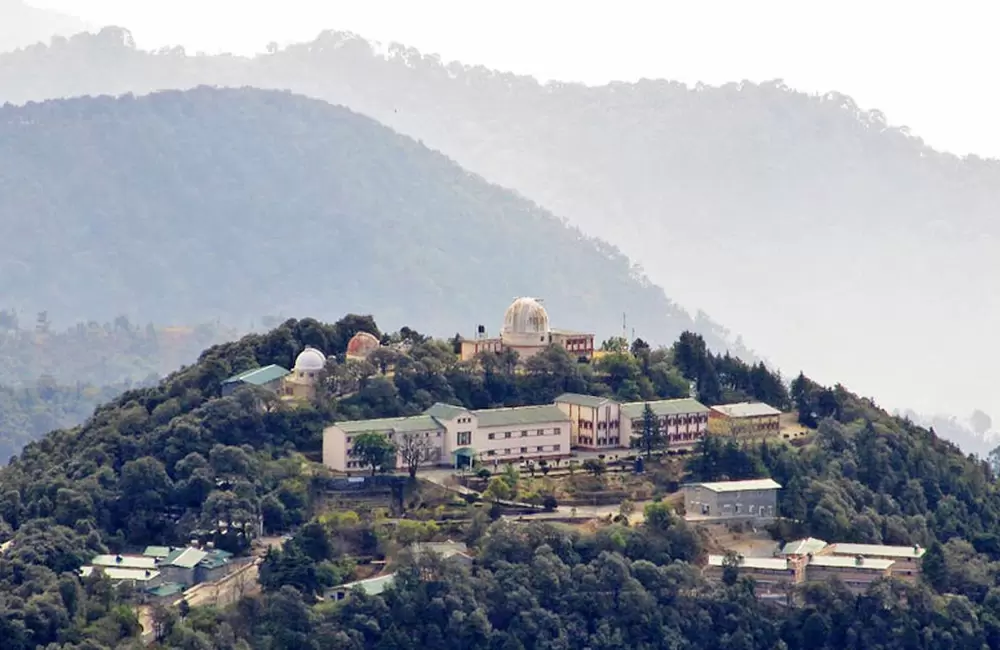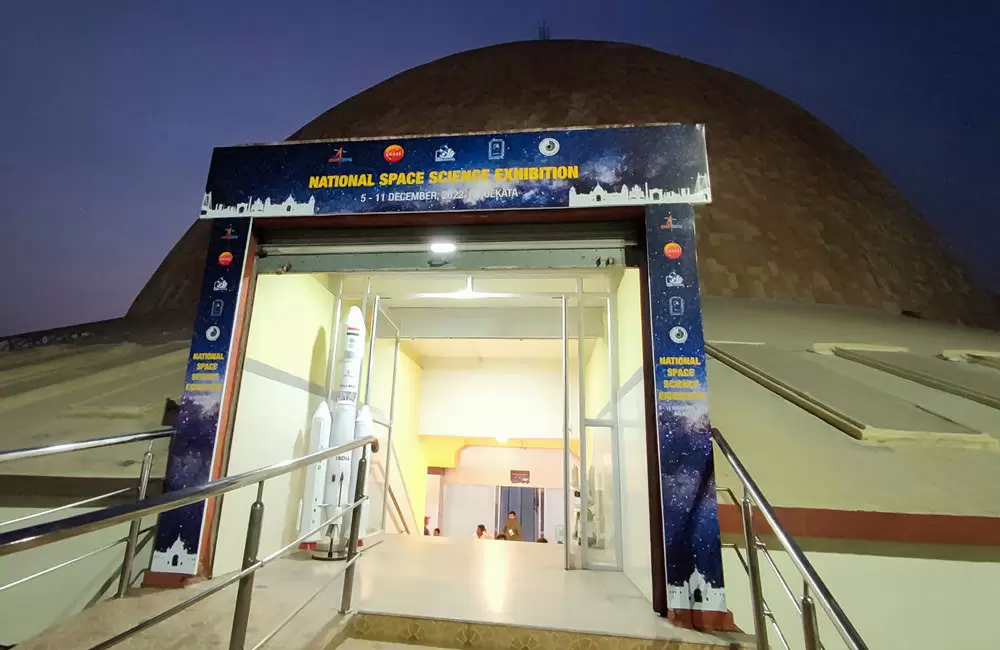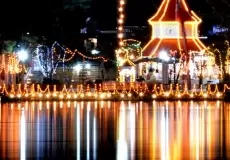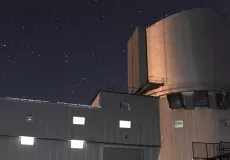Devasthal Observatory in Nainital
Three modern optical telescopes of sizes 1.3-m, 3.6-m, and 4-m are installed at Devasthal, Nainital, located in the central Himalayan region of Kumaun, Uttarakhand. The 3.6-m Devasthal optical telescope is designed to be a technologically advanced and complex astronomy instrument. All three telescopes are used for night observations of celestial objects.
The sky performance of the 3.6-m telescope is not only internationally competitive but also at par with the performance of other similar telescopes located elsewhere in the world.
About 3.6m Devasthal Optical Telescope
The 3.6m Devasthal Optical Telescope is a clear-aperture Ritchey–Chrétien telescope built by ARIES. The telescope was activated remotely on 31 March 2016 by Indian Prime Minister Narendra Modi and Belgian Prime Minister Charles Michel from Brussels. The telescope optics has been built in collaboration with the Belgian firm Advanced Mechanical and Optical System (AMOS).
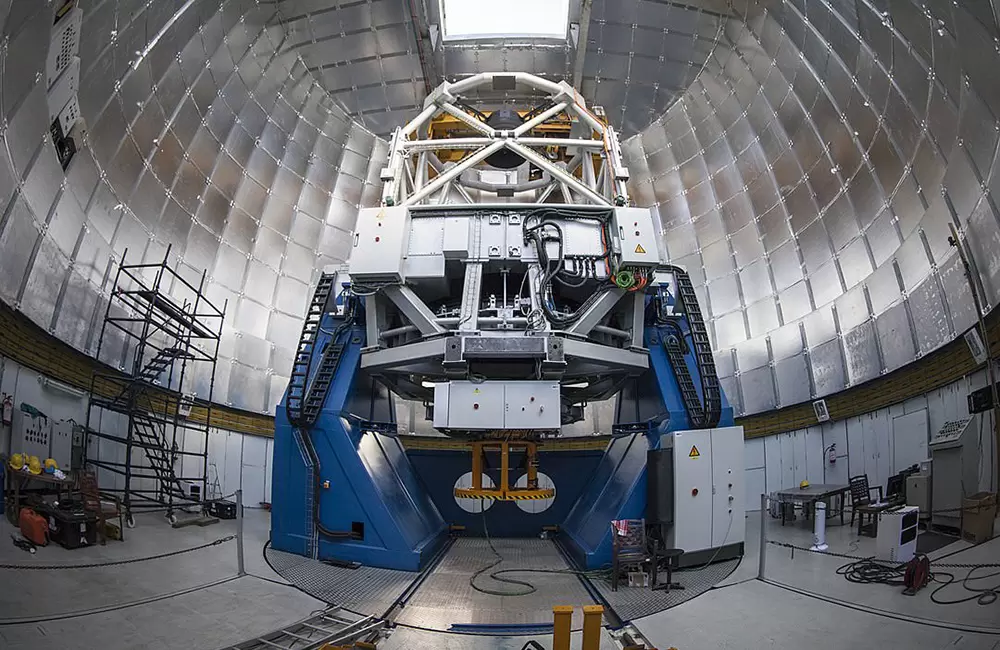
Wikipedia - Devasthal Observatory Telescope
The 3.6m DOT is currently the largest reflecting telescope in Asia. The telescope intends to fill a large longitudinal gap in the 4m class of telescopes in the Asia region. The telescope features an optical spectrograph, a CCD imager and a near-infrared spectrograph. The telescope is also the first of its kind in India that features an active optics system, featuring a wavefront sensor and pneumatic actuators which compensates for small distortions in the shape of the 4.3 tonne mirror due to gravity or atmospheric aberrations.
The 'general purpose' optical telescope of diameter 3.6 meter and with 150 tonnes will help in the study and exploration of starts, planets, magnetic field and astronomical debris. The mirror of the 3.6 diameter optical telescope has been entirely 'coated' in by the scientists and technicians of ARIES in the coating facility which became operational in January 2015.
Location & How to Reach Devasthal Observatory
Devasthal is a mountain peak located at a distance of 60 kms from ARIES near Dhanachuli (9 kms), which has the advantages of having dark skies and excellent observing conditions. The main advantages of Devasthal site are in its dark skies, sub-arcsec seeing, low extinction and at the same time being easily accessible and manageable.
Read How to Reach guide for Nainital.
What is Devasthal Observatory famous for?
Devasthal Observatory is popular place for following activities/ interests - Observatory.
